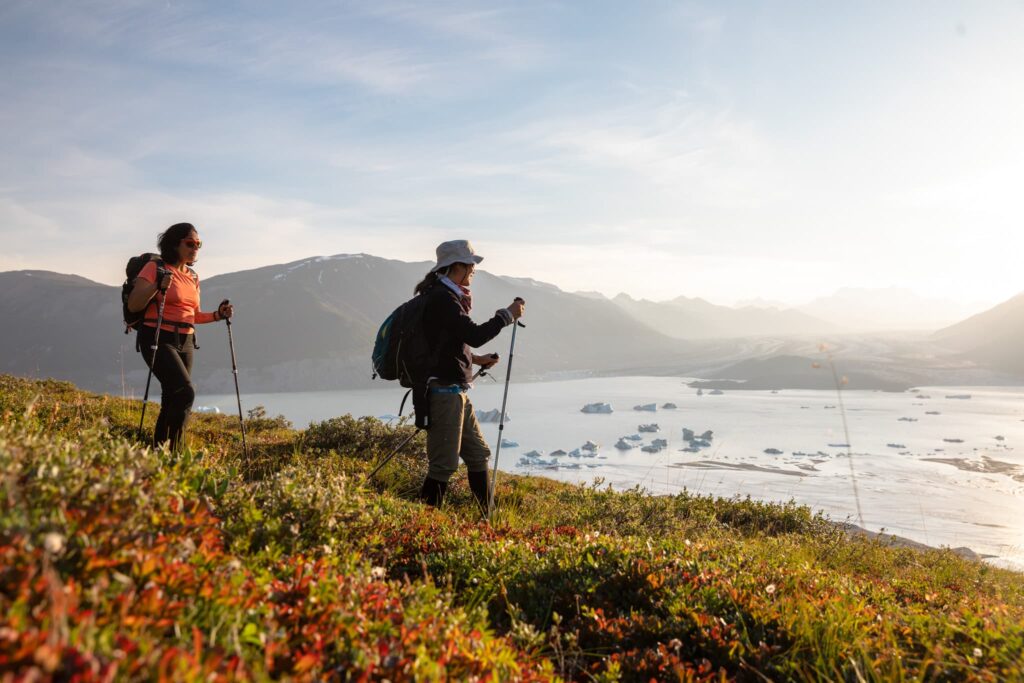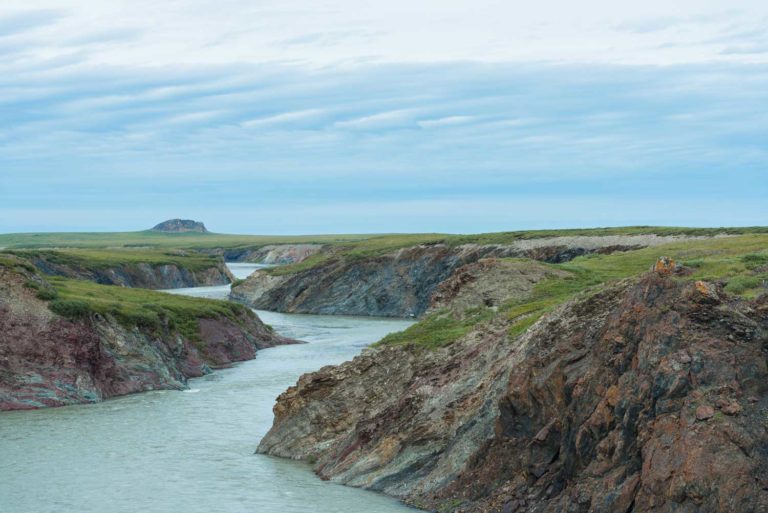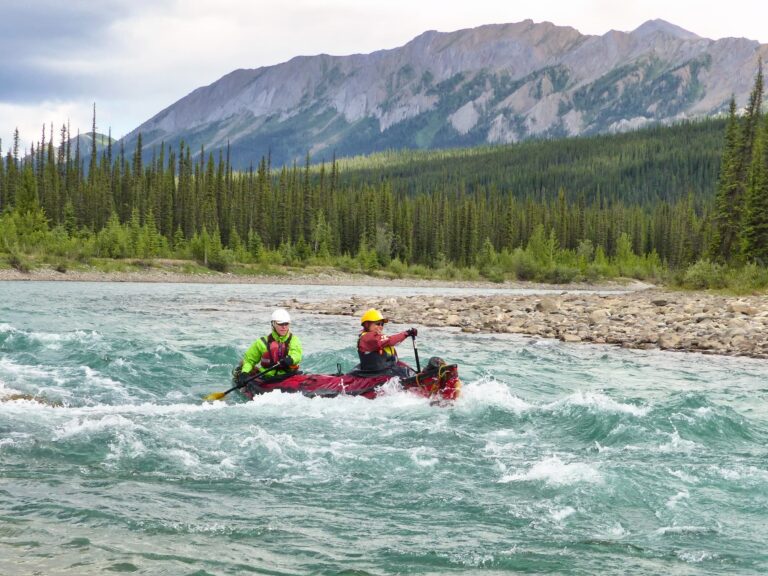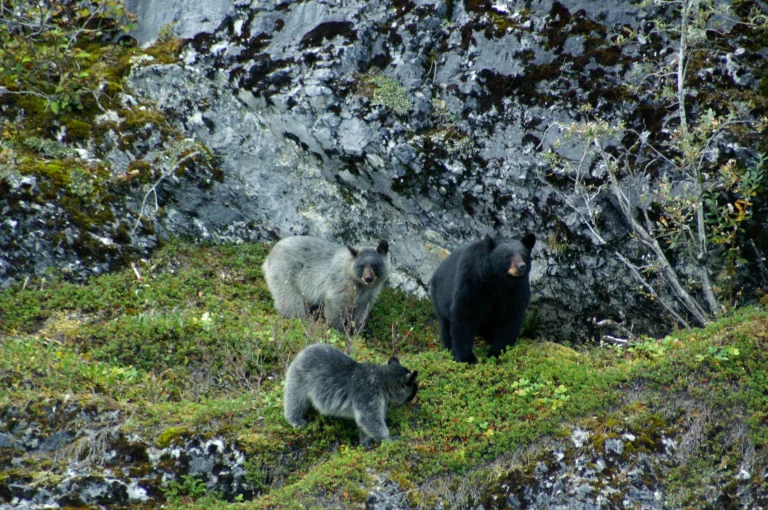This is it, the year you are turning the dream of experiencing a wilderness river and its intact ecology into reality! Without a doubt the landscapes will wow you, the wildflowers will colour your memories and the food and company will make each day a dream!
But as Lois Crisler says, “wilderness without wildlife is just scenery,” and catching a glimpse of wild animals will cement the memories of your trip as truly the experience of a lifetime!
Wildlife in the North can be elusive, but some techniques and focus will go a long way!
Guide and outfitter Joel Hibbard shares 10 tips for spotting and appreciating more wildlife on your expedition!

- Know what you are looking for: Barren Ground Caribou, grizzly bears, and Dall’s sheep have all evolved to live in unique environments and each wilderness area we journey through offers its own unique opportunities. With hundreds of species in the North, our viewing guide can help you learn more about what is possible!
- Know what the animal is feeding on and when: Animals always eat in season and if an omnivore like a grizzly is likely eating flowers, fishing for salmon or digging for roots you can focus your attention on a smaller area.
- Know where the animal will feel safe: This is especially true for herbivores with young. It is called escape terrain for a reason! If an animal is confident it can feed and stay safe it will stay as long as possible and habituate to a habitat. Mountain ungulates like Dalls Sheep and Mountain Goats are likely in these areas and will quickly move to the safety of steep cliffs if they sense our presence.
- Be vigilant in the morning and evenings. We all know there are nocturnal animals and diurnal animals but have you heard of crepuscular species? Animals like bears and moose are crepuscular and are most active in the early morning and late evening giving you a great chance of seeing them!
- Animals like to stay cool and will move very little if it is hot. Cool and even rainy days can make for excellent viewing as animals will be much more active.
- Know the signs: Certain species leave obvious evidence of their habitual presence. White streaks on stone indicate a well used bird perch, animal trails follow water courses and well developed trails can often be found. Ungulates will require mineral licks, especially in the spring when they are eating a lot of calcium rich green grass.
- Scan for movement. Humans’ eyes have evolved to be especially sensitive to movement and the cells that pick up motion are in our peripheral vision. The old saying “I saw it out of the corner of my eye” is actually the best place to initially spot wildlife.
- Start with your naked eye first. Once you are aware an animal is around narrow your area of focus before switching to binoculars and a spotting scope
- Consider the field of view when purchasing binoculars. While magnification is important the field of view will allow you to more easily follow moving animals (think flying songbirds) and allow you to scan more area as you search for that wolverine on the ridge!
- If you are bringing binoculars make sure to bring some cleaning solution and a cloth for your lenses! Distance and atmospheric conditions can challenge even the best optics. and ensuring your lenses are clean will help you pick out animals and appreciate their magnificence!







